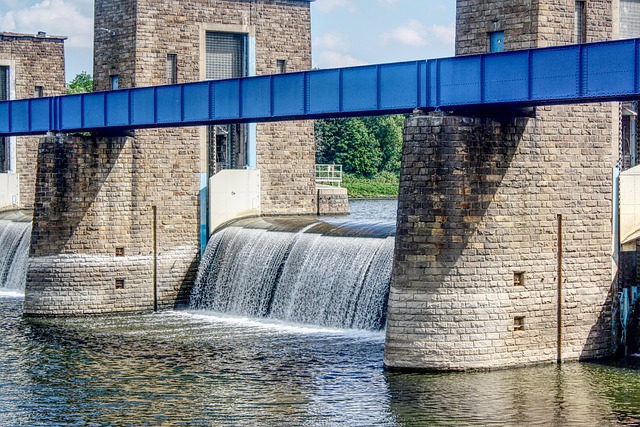Public-private partnerships in real estate drive market growth through infrastructure upgrades and urban renewal, attracting private investments for residential, commercial, and industrial projects. These collaborations enhance sustainable development, revitalize urban areas, and improve residents' quality of life. Structured partnerships with clear goals, communication, and flexible terms encourage innovation, efficient resource use, risk mitigation, and mutually beneficial outcomes in real estate ventures.
In today’s dynamic real estate landscape, public projects are no longer solely government initiatives; they’ve become powerful magnets for private investment. This symbiotic relationship offers immense potential for urban development and infrastructure growth. Understanding this synergy is crucial for maximizing returns and fostering sustainable communities. By exploring key factors that attract investors to public projects, we’ll uncover strategies for effective collaboration, ultimately revolutionizing how we approach real estate investments.
Understanding the Synergy Between Public and Private Investment in Real Estate

The synergy between public and private investment in real estate is a powerful force driving market growth and development. Public projects, such as infrastructure upgrades, urban renewal initiatives, and community amenities, create a stable foundation for private investment to build upon. These public investments enhance the overall attractiveness of an area, increasing property values and encouraging private developers to invest in residential, commercial, and industrial projects.
In turn, private investors contribute to the realization of public goals by funding construction, improving accessibility, and creating employment opportunities. This mutually beneficial relationship fosters sustainable development, where public infrastructure supports private ventures, leading to a thriving real estate market. As a result, well-planned public projects can unlock significant private investment, transforming urban landscapes and improving the quality of life for residents.
Key Factors Attracting Private Investors to Public Projects

Private investors are increasingly drawn to public projects, and there are several key factors that make them take the leap. One major attraction is the potential for significant returns on investment, especially in high-growth markets. Public infrastructure projects, such as real estate developments, often offer substantial profit margins due to their scale and the long-term benefits they provide to communities. This, combined with government support and guaranteed revenue streams, creates an appealing environment for private capital.
Another critical aspect is the ability to diversify portfolios. Public sector investments can offer a unique opportunity to enter new markets or sectors, reducing risk through geographic or industry diversification. Additionally, these projects often come with robust planning and regulatory frameworks, providing a level of security that aligns with investors’ preferences for stable and predictable returns, particularly in the real estate sector.
Strategies for Effective Collaboration: Maximizing Returns for All Stakeholders

Successful collaboration between public and private sectors in real estate projects requires well-defined strategies to maximize returns for all stakeholders. Clear communication channels and transparent decision-making processes are vital, ensuring that both parties understand goals, expectations, and potential risks.
Public-private partnerships should be structured to align incentives, with performance metrics and success benchmarks clearly defined. Flexibility in terms of project scope, funding models, and timelines can foster innovative solutions, leveraging the strengths of each partner. By fostering a collaborative environment, these strategies enable efficient resource allocation, risk mitigation, and ultimately, mutually beneficial outcomes in real estate ventures.






